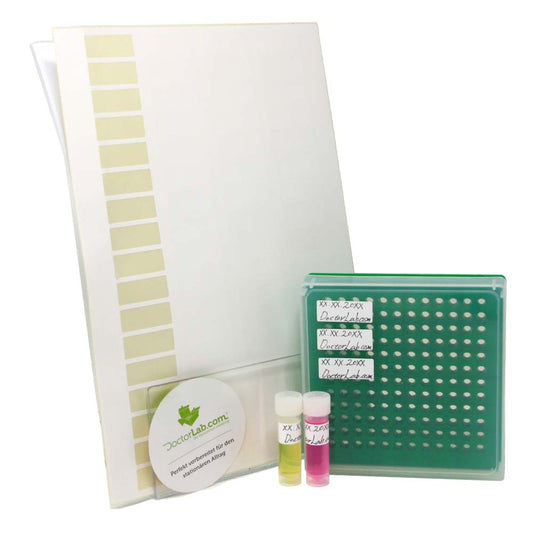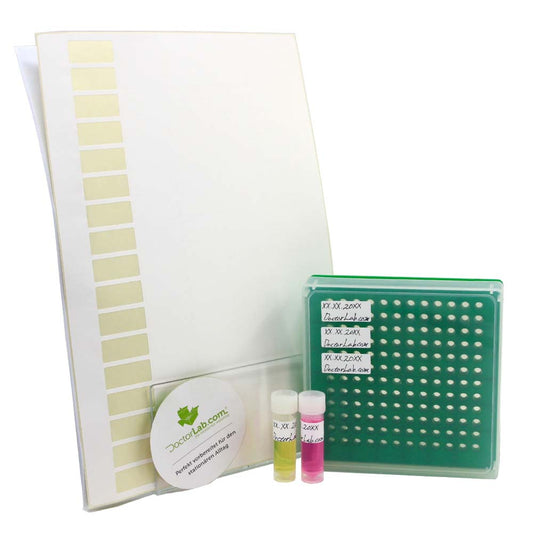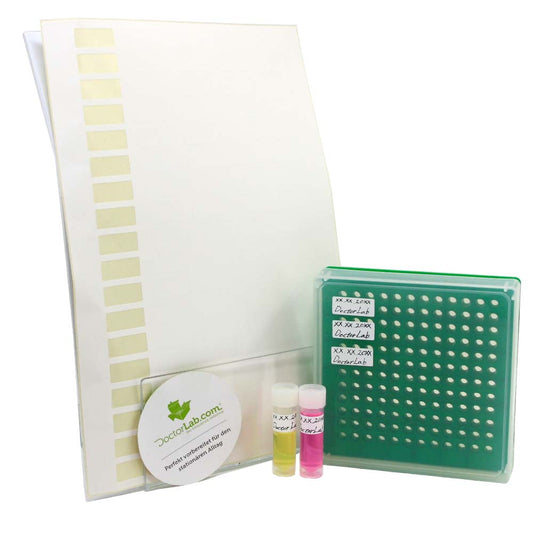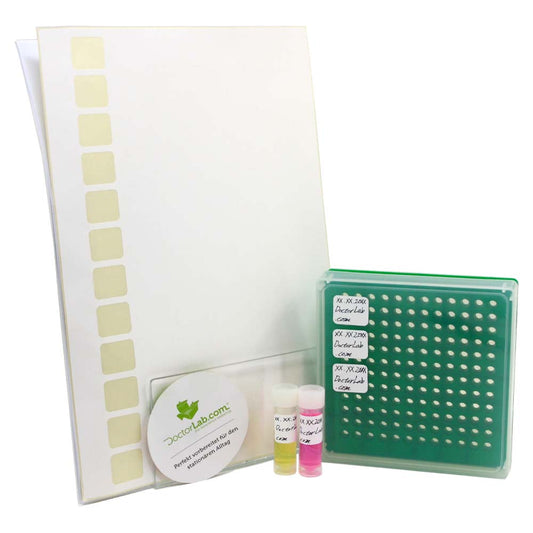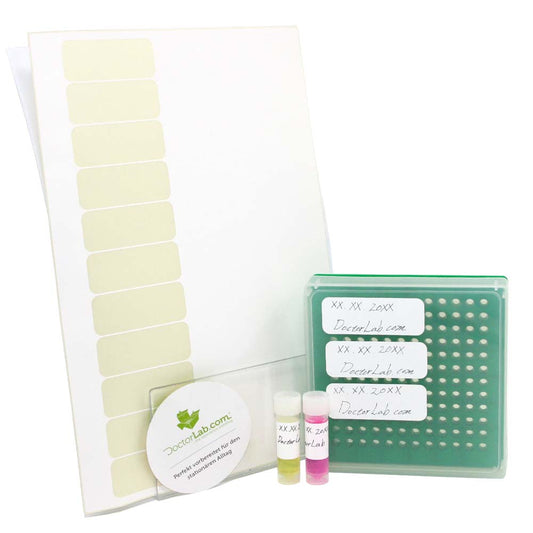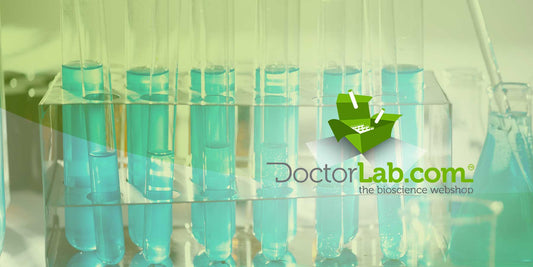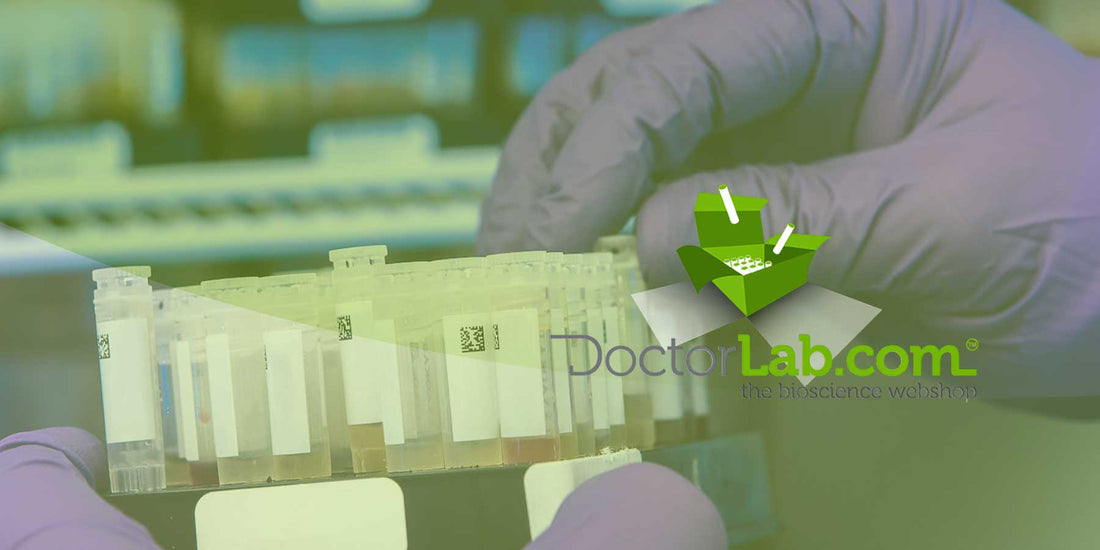
Understanding Cryogenic Labels: Materials Used and Their Properties
Split
Cryo labels , also known as low temperature labels, are specially designed labels that can withstand extremely low temperatures. These labels are typically used to identify and track biological samples stored under cryogenic conditions. Due to their unique properties, cryo labels are made from special materials that can withstand temperatures as low as -196°C. This article will take a closer look at the materials used to make cryo labels and their properties.
I. Polypropylene
Polypropylene is a popular material for making cryogenic labels. This is due to its excellent low temperature properties as well as its resistance to moisture, chemicals and abrasion. Polypropylene cryogenic labels are also known for their durability and flexibility, making them ideal for labeling curved and irregular surfaces.
II. Polyester
Polyester is another material commonly used for making cryogenic labels. This material is known for its high tensile strength, chemical resistance and dimensional stability. Polyester cryogenic labels are also tear-resistant, will not shrink or fade, making them ideal for long-term storage.
III. Nylon
Nylon is a thermoplastic material commonly used for the production of cryogenic labels. This material is known for its high strength, abrasion resistance and flexibility. Nylon cryogenic labels are also resistant to moisture, chemicals and extreme temperatures, making them ideal for labeling samples stored in cryogenic conditions.
IV. Polyethylene
Polyethylene is a plastic commonly used to make cryogenic labels. This material is known for its excellent low-temperature properties and is often used for the production of labels for laboratory applications. Polyethylene cryogenic labels are also resistant to moisture, chemicals and UV radiation, making them ideal for long-term storage.
V. Adhesives
In addition to the materials used to make cryogenic labels, the adhesive used to attach the labels to surfaces is also important. The adhesive must withstand extreme temperatures and adhere to a variety of surfaces. Acrylic adhesive is a popular choice for cryogenic labels due to its high adhesion strength, chemical resistance and low temperature properties.
VI. Application of Cryo Labels
Cryogenic labels are widely used in scientific research, medical laboratories and the biotechnology industry to identify and track biological samples stored under cryogenic conditions. These labels are essential for maintaining the integrity and traceability of biological samples. Cryo labels are often used in conjunction with cryo vials, tubes and boxes to ensure samples can be properly labeled and tracked.
Conclusion:
In summary, cryogenic labels are an indispensable tool for identifying and tracking biological samples stored under cryogenic conditions. The materials used to manufacture these labels

